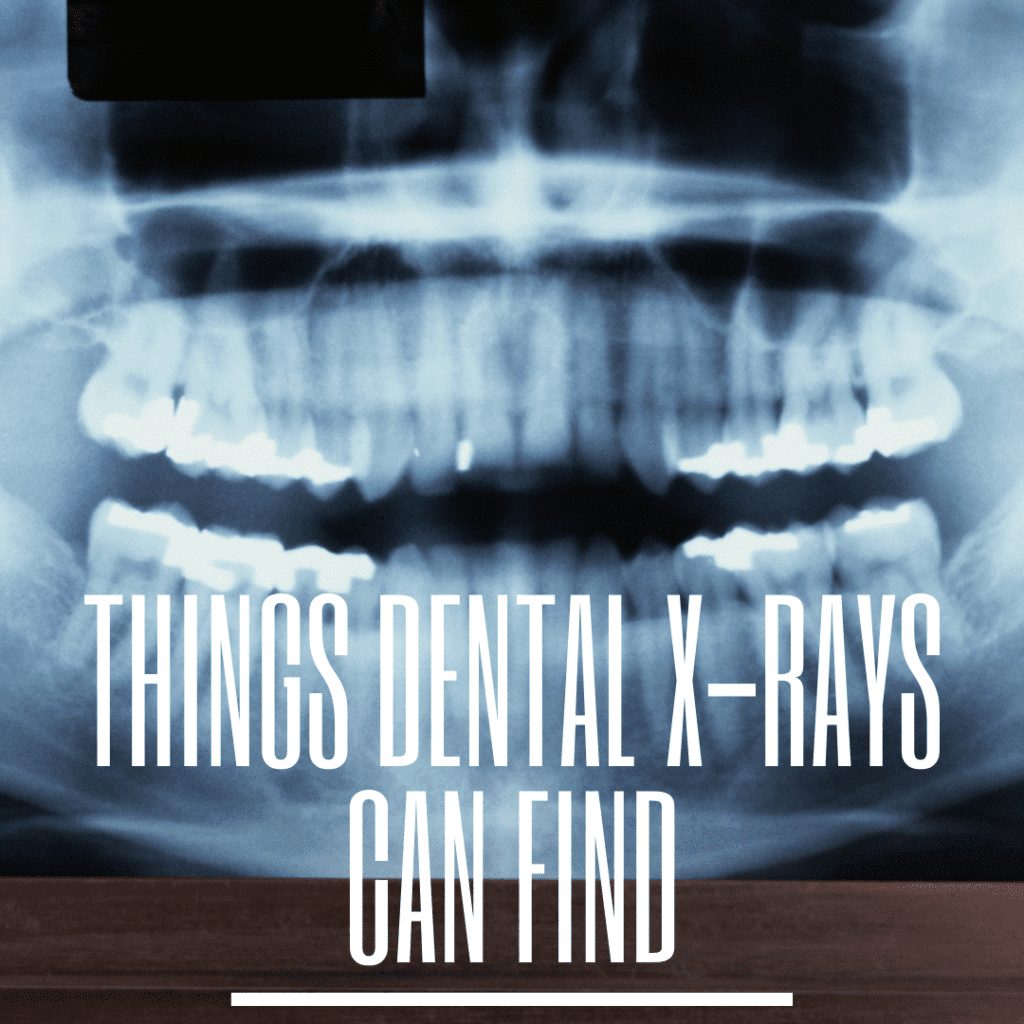When it comes to evaluating the health of your teeth, a visual exam can only go so far. This is partially due to the fact that your tooth roots are hidden beneath your gums, but also because some areas of the mouth are hard to examine visually. Therefore to ensure that your dental exam is comprehensive, your dentist will likely require the use of dental x-rays. Depending on your oral health and your dentist, you can expect to have dental x-rays taken at least 1-2 times per year at your dental checkups. Luckily, dental x-rays are quick, painless, and use little radiation.
Still, many people wonder why it is essential to have dental x-rays performed at such a regular interval. Although it seems excessive to have dental x-rays taken 1-2 times per year, this is actually an essential part of evaluating your oral health. Since certain dental issues can easily be missed during a visual exam due to the fact that they are hidden from view, dental x-rays ensure that these issues are detected so that they can be properly treated. In fact, dental x-rays are able to detect a number of dental issues, such as:
Tooth Decay
Some cases of tooth decay can be diagnosed during a visual exam, while others may only be noticed when looking over your dental x-rays. This is because tooth decay can form in areas that cannot normally be seen, such as in between the teeth or under the gums. Additionally, dental x-rays also provide information on the extent of the cavity. In some cases, they may even be able to detect areas where the enamel has started to demineralize, which is the first step of cavity formation. When caught early enough, demineralization can sometimes be treated with fluoride in order to prevent the cavity from ever forming.
Damaged Teeth
Damaged teeth are another thing that can be detected during a visual examination, especially if the damage is extensive. However, sometimes teeth can be mildly damaged in a way that is not immediately visible. This is often the case when dealing with tiny tooth fractures, fractures that form between the teeth, or fractures that occur around an old dental restoration. Even when the damage is visible, dental x-rays allow your dentist to see the extent of the damage so they can pick the best way to restore the tooth.
Impacted Wisdom Teeth

Wisdom teeth are the third set of molars that usually erupt during the late teens and early twenties. Unfortunately, however, there is not always enough room for wisdom teeth to properly erupt. When this happens, wisdom teeth can become trapped under the gums. This is known as impaction and it can be either partial or complete. Partially impacted teeth are somewhat visible above the gum line, while teeth that are completely impacted are only visible with dental x-rays. In some cases, impacted wisdom teeth can also cause cysts, which are also identified by dental x-rays. Not only do dental x-rays identify impacted wisdom teeth, but they allow your dentist to devise a treatment plan to remove them in order to preserve your oral health.
Old Dental Restorations
Like anything else, dental restorations will eventually get old, wear down, and need to be replaced. While this can be detected during a visual exam in some cases, the best way to evaluate the condition of an old dental restoration is to have dental x-rays taken. This is because dental x-rays will show if there is any decay or damage around or under the restoration that also needs to be restored.
Bone Loss

Finally, dental x-rays are also used to monitor the health of your jawbone, especially in people who have lost one or more teeth. When one or more teeth is lost, the jawbone will gradually start to deteriorate as the body leeches bone from the jaw and distributes it to other areas of the body. Luckily, bone mass can be restored through the use of dental implants and a bone graft. However, this is only possible if the jawbone has enough remaining bone to support the procedure. Generally speaking, bone loss will start about six months after losing a tooth, therefore it is important to see your dentist as soon as possible after losing a tooth.


